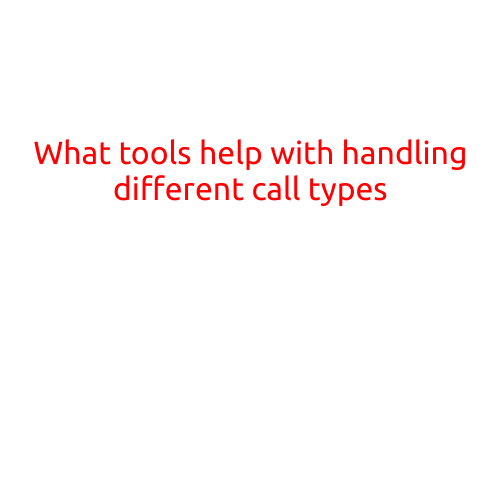
What are Strategies for Effective Call Transfer Practices?
In today’s fast-paced business environment, effective call transfer practices are crucial to ensure seamless customer service and timely resolution of customer inquiries. When done correctly, call transfers can be a valuable tool for agents to manage high volumes of calls, resolve complex issues, and maintain customer satisfaction. However, poor call transfer practices can lead to frustrated customers, lost sales, and damaged brand reputation.
In this article, we will explore the essential strategies for effective call transfer practices that will help you streamline your customer service operations and improve overall customer experience.
1. Establish Clear Transfer Policies and Procedures
Before embarking on call transfer practices, it is essential to establish clear policies and procedures for when to transfer calls, how to handle transferred calls, and how to ensure continuity of conversation. This includes defining the type of calls that require immediate transfer, establishing protocols for handling transferred calls, and training agents on the importance of clear communication.
2. Utilize Technology to Simplify Transfers
Investing in advanced call center technology can significantly simplify the transfer process. Features such as blind transfer, warm transfer, and music-on-hold can help reduce the risk of misconnected calls and create a smoother experience for customers.
3. Train Agents on Transfer Techniques
Proper training is critical to ensure agents are equipped to handle transfers effectively. Train agents on transfer techniques, such as politely informing the customer of the transfer, verifying the customer’s identification, and ensuring the caller is aware of the transfer process.
4. Communicate with the Receiving Agent
It is crucial to communicate clearly with the receiving agent before transferring the call, so they are aware of the customer’s issue, previous interactions, and any relevant background information. This ensures a seamless transition and allows the receiving agent to focus on resolving the customer’s issue efficiently.
5. Ensure Transfers are Done Politely and Professionally
Agents should always be courteous and professional when transferring calls. Avoid using phrases that may disturb or frustrate customers, such as “Please hold while I transfer your call.” Instead, opt for “I’m going to transfer you to someone who can better assist you with your issue.”
6. Monitor and Analyze Transfer Performance
Regularly monitoring and analyzing transfer performance can help identify areas for improvement. Keeping track of transfer metrics, such as the number of successful transfers, transfer times, and customer satisfaction ratings, can help agents adjust their transfer techniques and improve overall performance.
7. Foster a Culture of Collaboration and Communication
Encourage a culture of collaboration and communication among agents, supervisors, and customers. This fosters a sense of teamwork and ensures that everyone is working towards a common goal – providing excellent customer service.
Conclusion
Effective call transfer practices are essential for maintaining customer satisfaction, ensuring timely resolution of customer inquiries, and driving business growth. By establishing clear policies and procedures, utilizing technology to simplify transfers, training agents on transfer techniques, communicating with receiving agents, ensuring transfers are done professionally, monitoring and analyzing transfer performance, and fostering a culture of collaboration and communication, you can streamline your customer service operations and improve overall customer experience.





